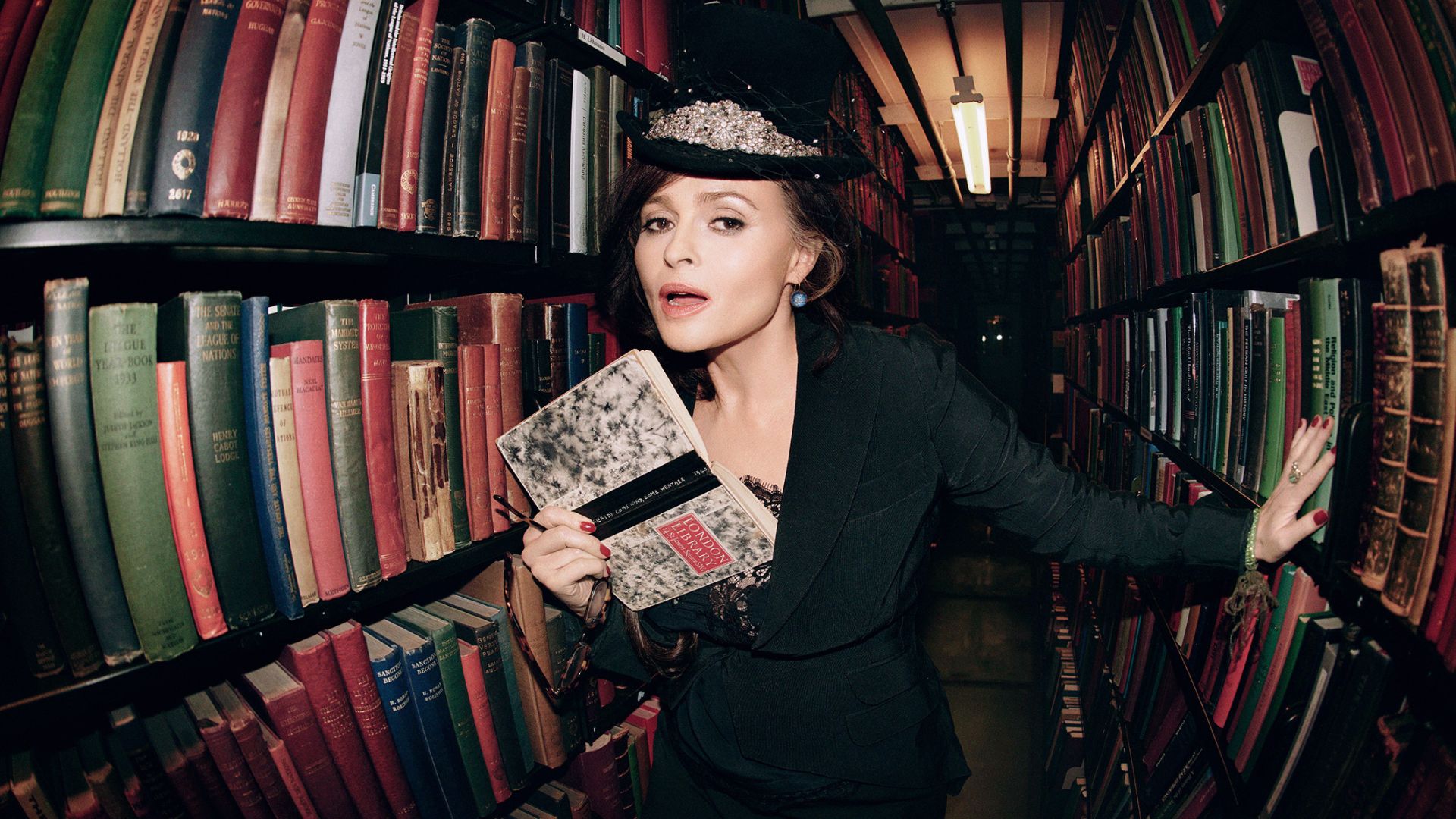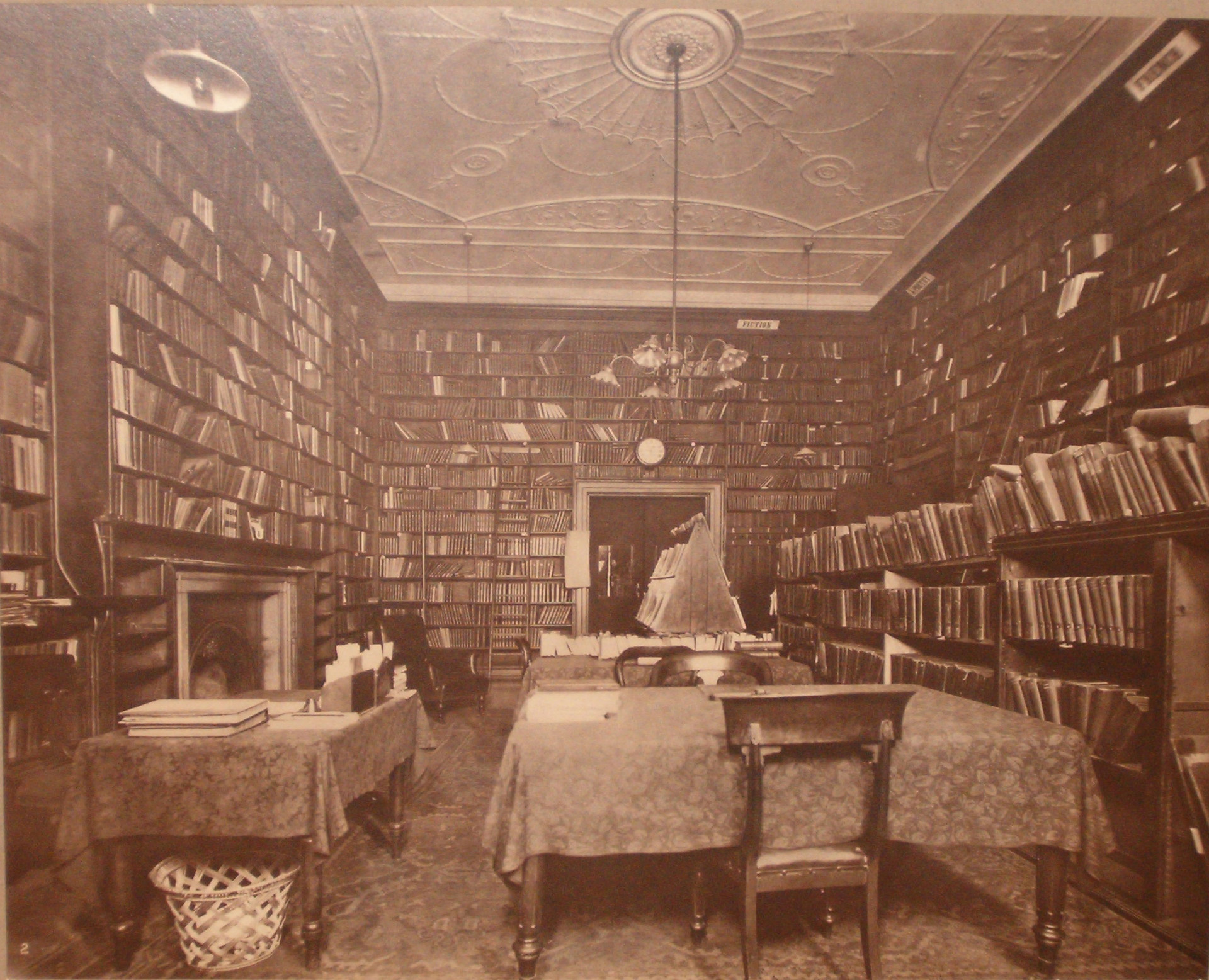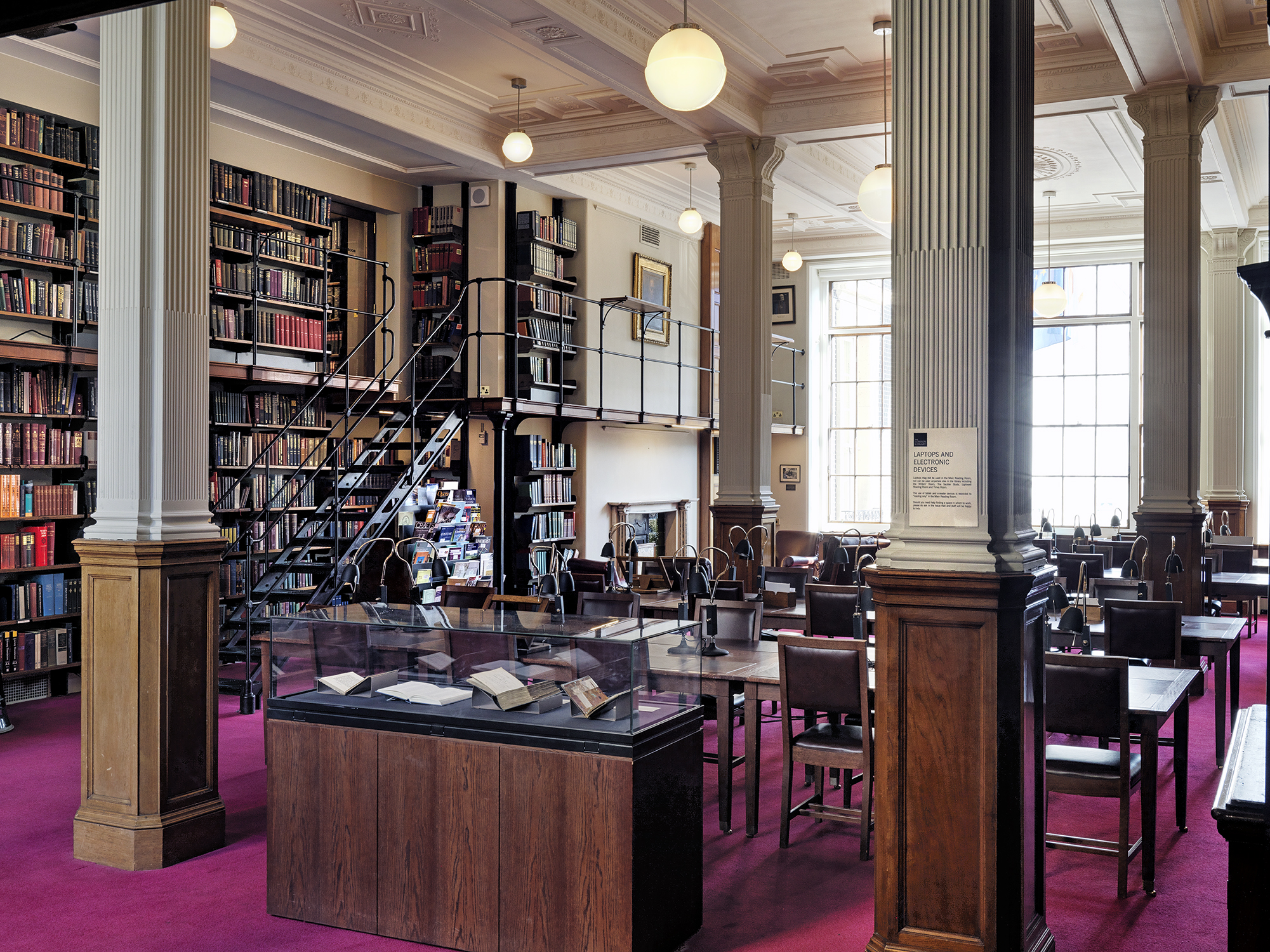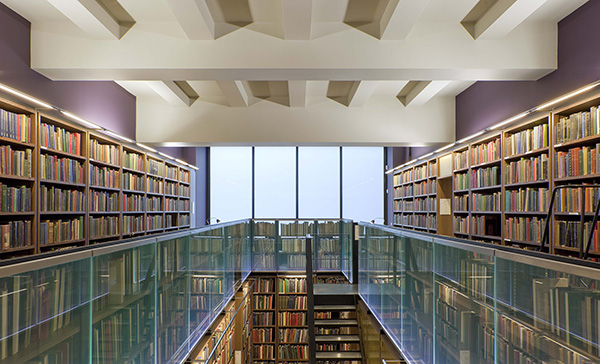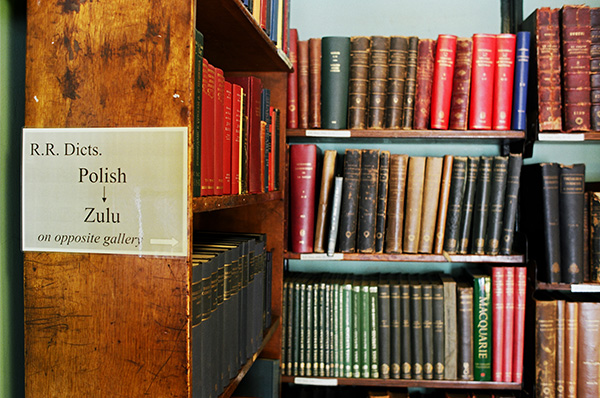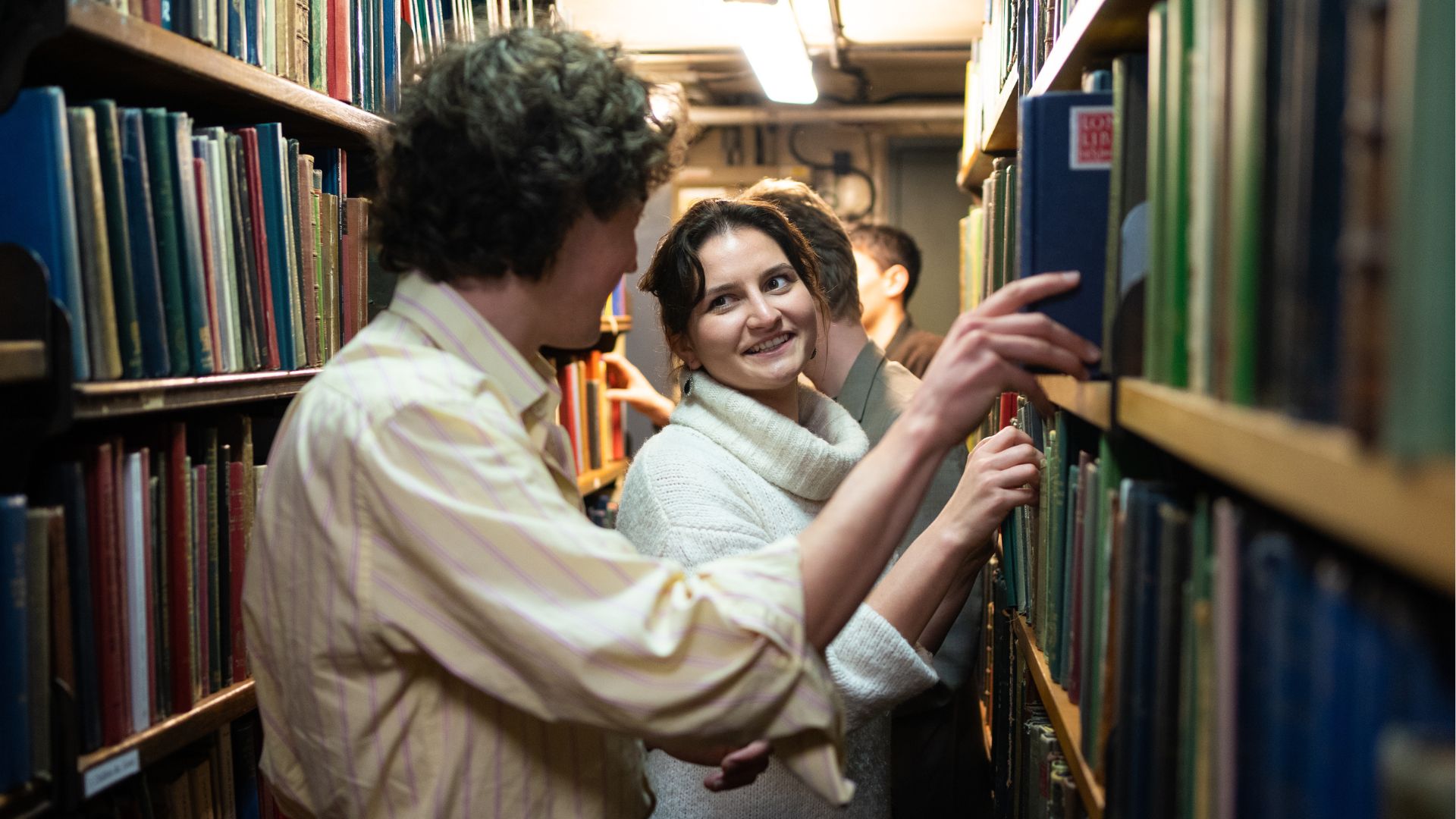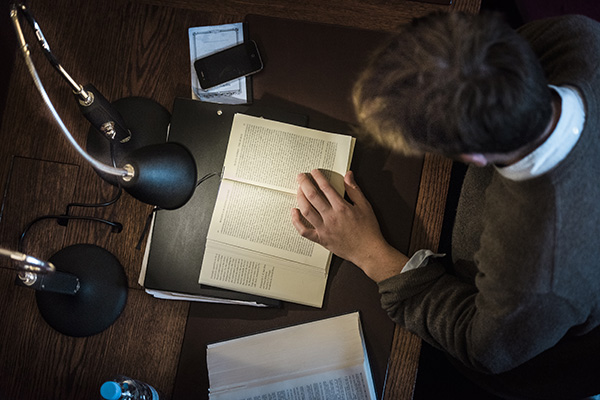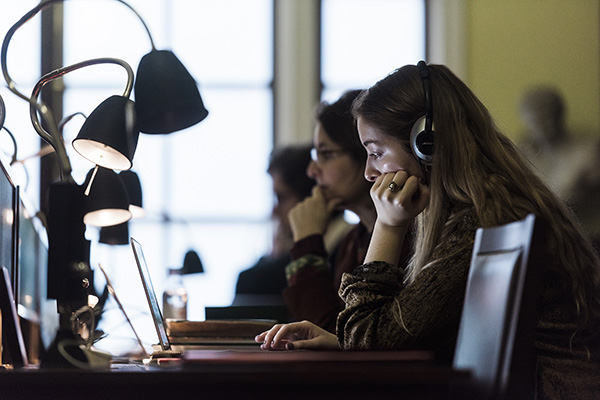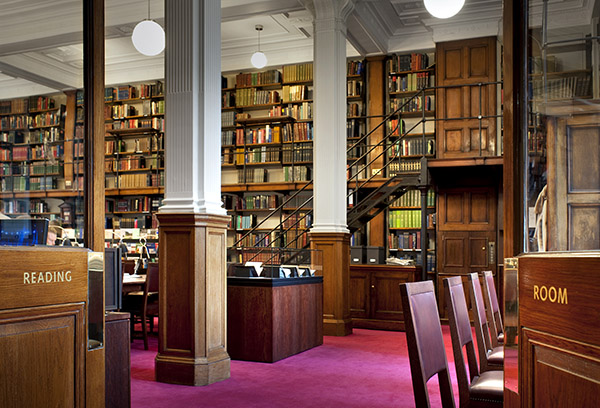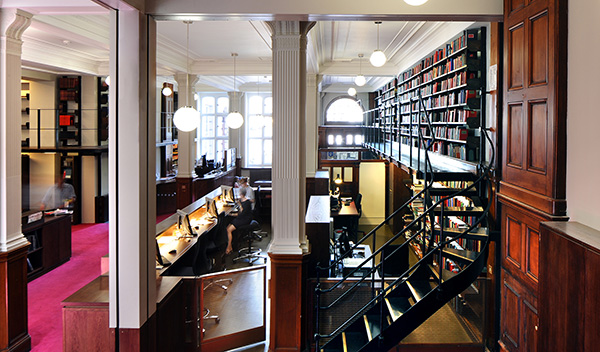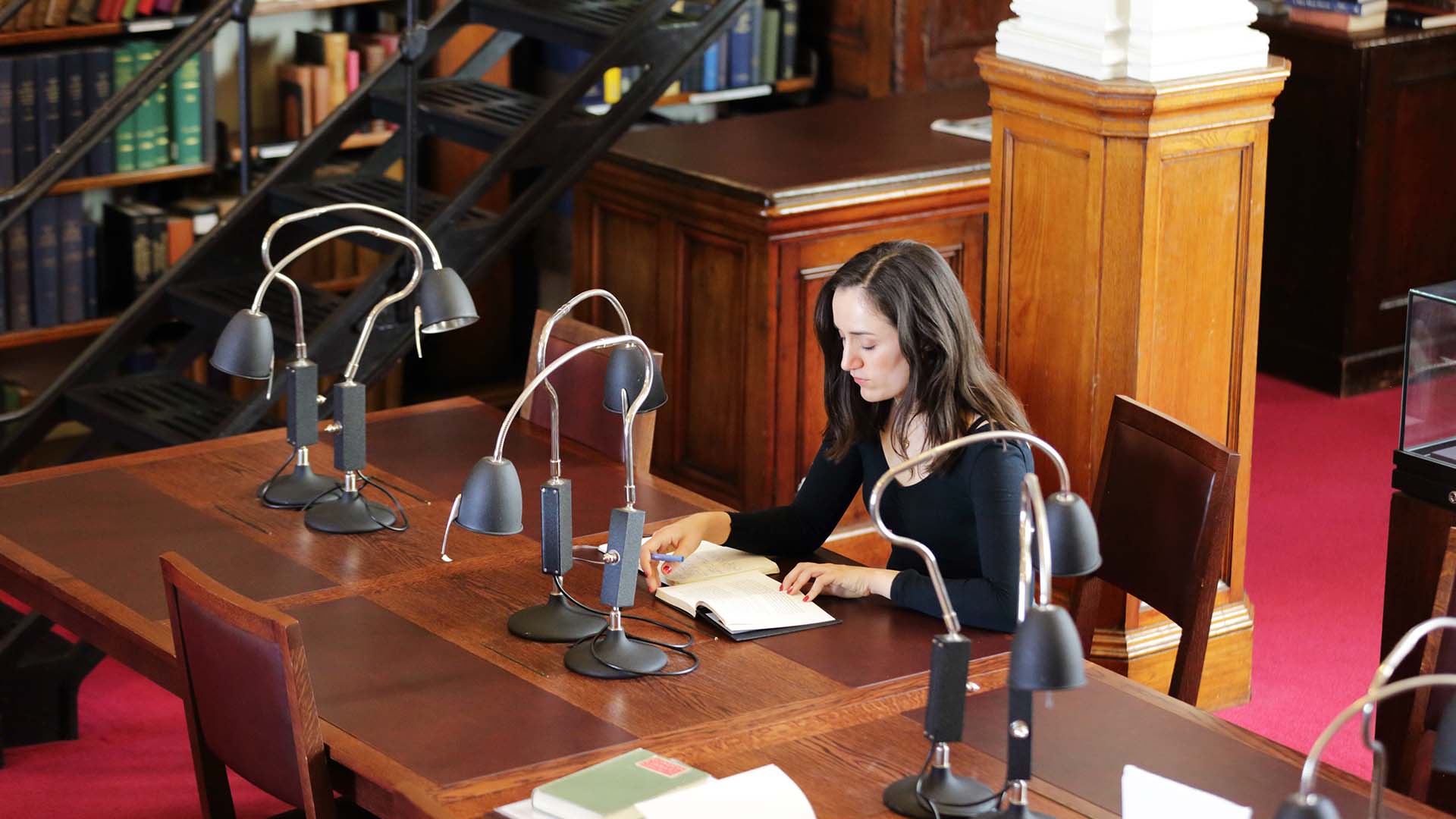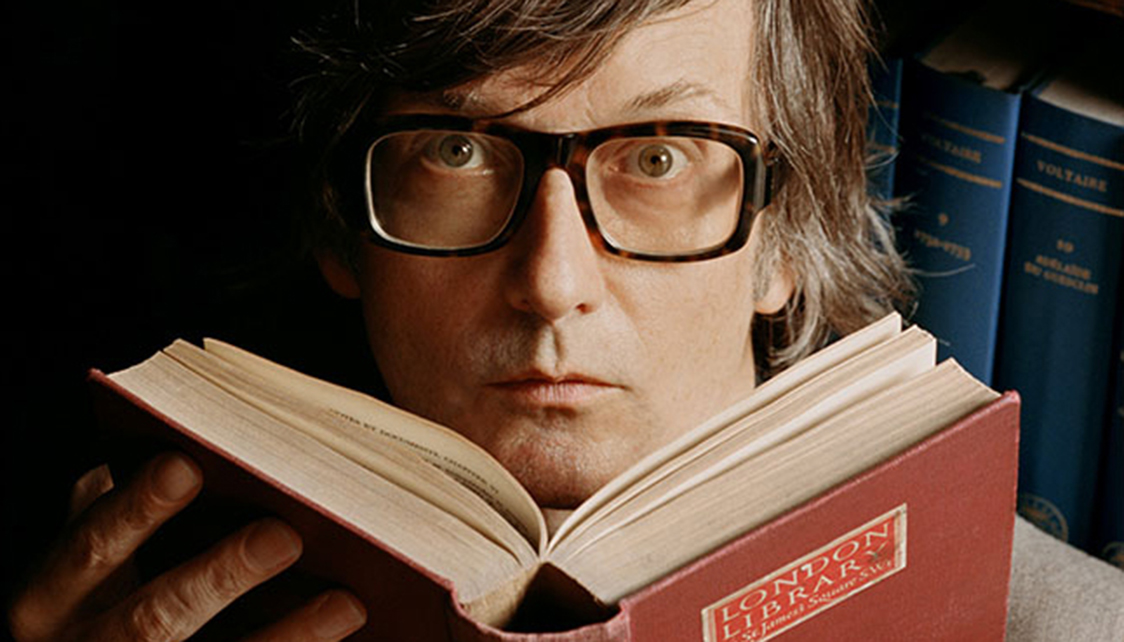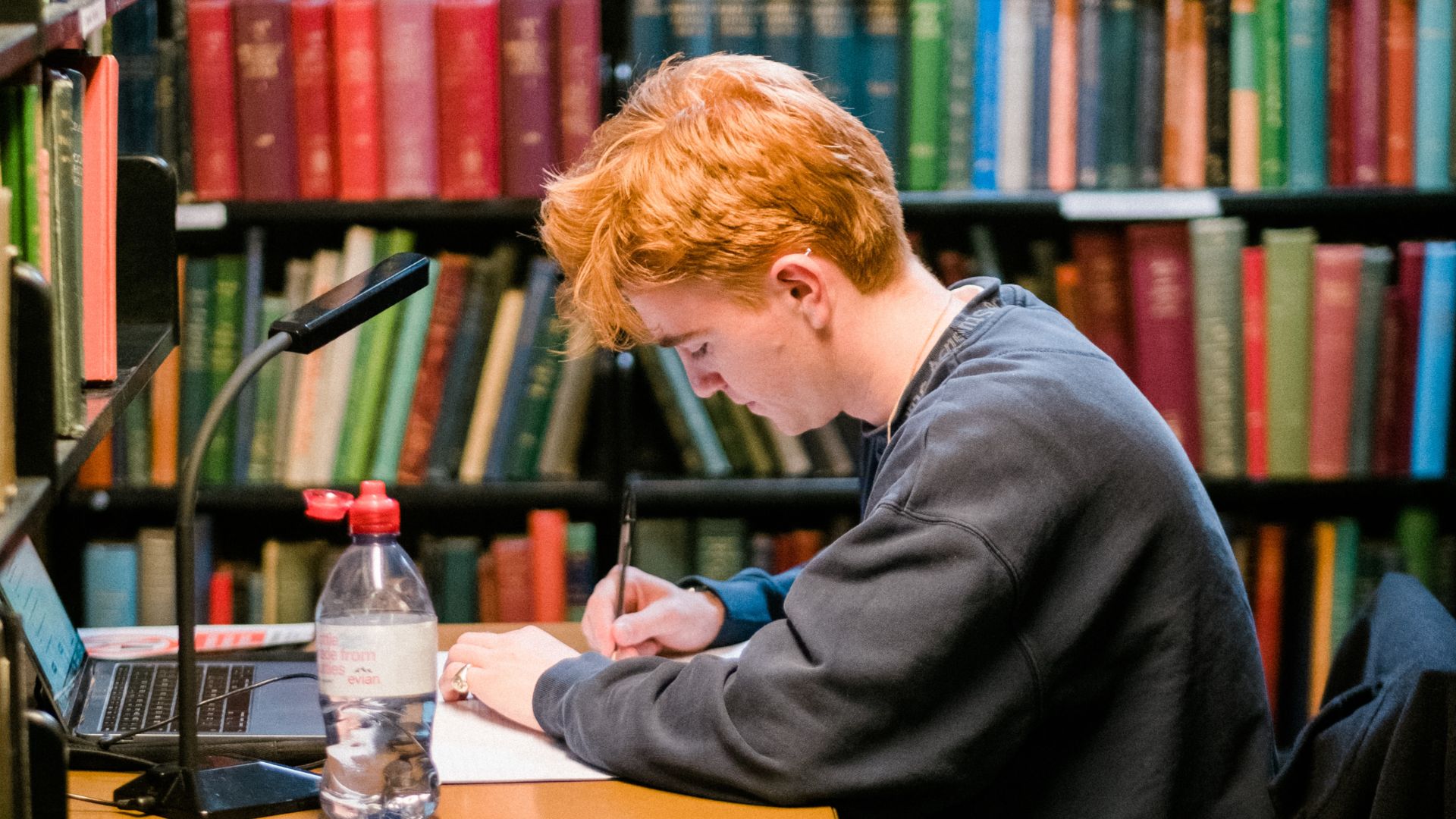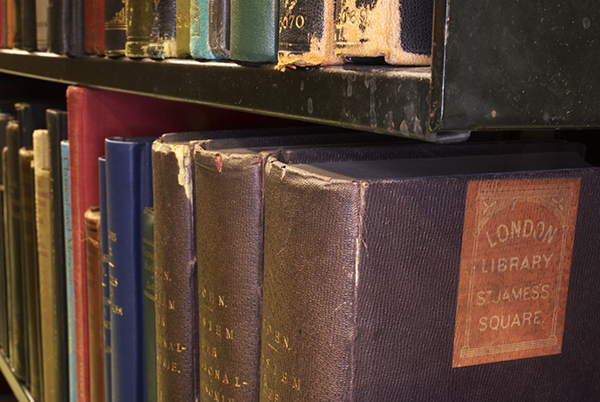Early Origins
The London Library was established in 1841 at a time when there were no lending libraries in London and before state-funded libraries existed. Frustrated by being unable to borrow books in London, author Thomas Carlyle began gathering support for a lending library and created a founding committee in April 1840 to oversee the work of raising launch funds. Chaired by Lord Lyttleton, its members included John Forster (Charles Dickens’ greatest friend and unofficial business manager), MP William Gladstone, poet and politician Richard Monckton Milnes, diplomat William Christie and biographer James Spedding.
The committee’s year long drive for funds was met with the contribution of 382 founder members whose support enabled the Library to open to the public on 3rd May 1841. Among the founding subscribers were Charles Dickens, John Stuart Mill, Harriet Martineau, radical MP Joseph Hume, future Prime Minister Lord John Russell, Dickens’ publishers William Chapman and Edward Hall and his illustrator for Barnaby Rudge and the Old Curiosity Shop, George Cattermole.
Their backing enabled the Library to amass a starting collection of 2,000 books, handpicked by Gladstone, Mill and the Italian revolutionary Mazzini. Prince Albert donated £50, a number of books and became the Library’s first patron.
The Library initially rented cheap premises in 45 Pall Mall (above a former Georgian gambling den) before moving to its more familiar location in St James’s Square five years later. From the outset it became a crucible for emerging talent and growing reputations. Charles Darwin joined within months of the Library opening, William Thackeray soon after.
Since these early origins, thousands of the world’s greatest writers and thinkers have been intimately associated with this extraordinary institution, passionately supporting it and drawing heavily on its collection to produce their work.
Timeline
1841
The Library opens at 49 Pall Mall, London. The Earl of Clarendon is appointed inaugural President, WE Gladstone and Sir Edward Bunbury were on the first committee. John Cochrane is appointed first Librarian (and serves until 1852).
1842
An additional room is rented at 49 Pall Mall creating the Library’s first reading room. The collection reaches 13,000 volumes.
1845
The Library moves to its present location in St James’s Square. 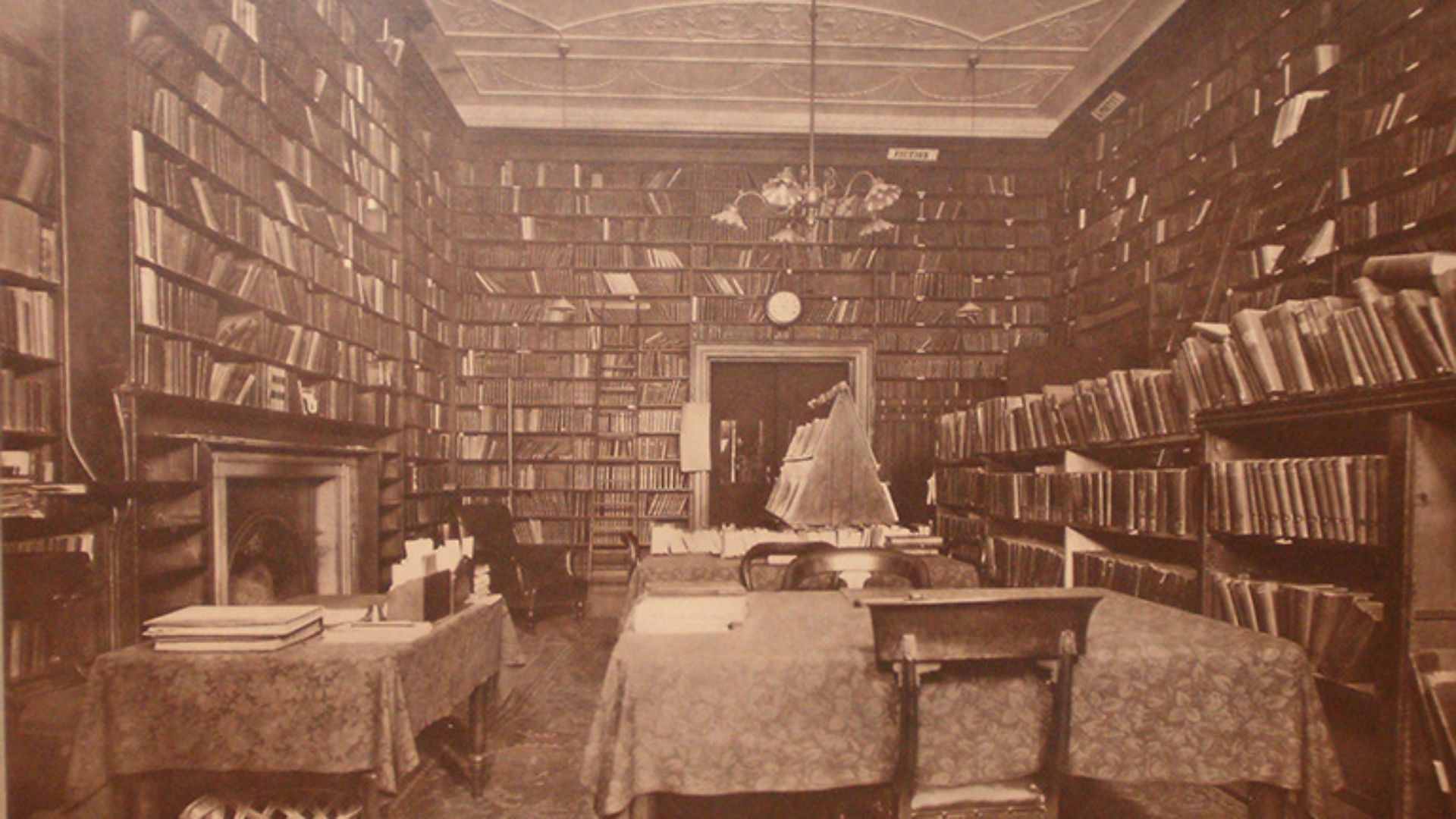
1855
Alfred Lord Tennyson is appointed President, serving until 1892.
1879
The Library purchases the freehold of the premises.
1893
Charles Hagberg Wright is appointed Librarian and serves until his death in 1940. He develops the unique and much-loved shelving system which has enabled books to be readily and fruitfully browsed; catalogues the collection of 200,000 volumes; and oversees major building works as the Library is remodelled in 1896 to accommodate the rapidly expanding book collection.
1896-98
The building is entirely reconstructed. The present eclectic facade (see below), the Main Hall, Reading Room and the grille-floored bookstacks are erected and remain hallmarks of the Library today. The building is one of the first steel framed buildings in London. 
E.M. Forster is given Life Membership by his aunt and remains a London Library member for 64 years, introducing a number of new members and saving the Library from bankruptcy. Read more about E.M Forster's time in London Library membership.
1921
The building is extended: seven new floors are constructed to house a further 200,000 books. The radical glass floors and steel frames are constructed, shipped in from, America.

1932-34
Further building works take place. The Art Room and the committee room that has since become The Study are constructed. The Reading Room is extended and additional bookstacks are built. The collections now number around 450,000 volumes.
1934
On April 13 1934, life member Stanley Baldwin MP gives the opening address at a ceremony to open the newly built Central stacks.

1934
Charles Hagberg Wright is knighted after more than 40 years of extraordinary service to the Library.
1944
The Library is hit by a German wartime bomb - over 16,000 volumes are destroyed and the newly built Central stacks are heavily damaged. Repairs take 10 years to complete.

1948
Winston Churchill accepts the honorary position of Vice-President.
1952-65
T.S. Eliot is appointed President in 1952, serving until his death in 1965.
1995
The Anstruther Wing is completed. This new building, equipped with special environmental controls, allows for the safe housing of 30,000 of the rarest and most vulnerable volumes.
2004
Duchess House is purchased, increasing the overall capacity of the building by 30%.
2010
Work is completed to create the Foyle Lightwell Reading Room, the new Times Room, staff offices, the restoration and extension of the Library’s Art Room (below), and the refurbishment of the Issue Hall.
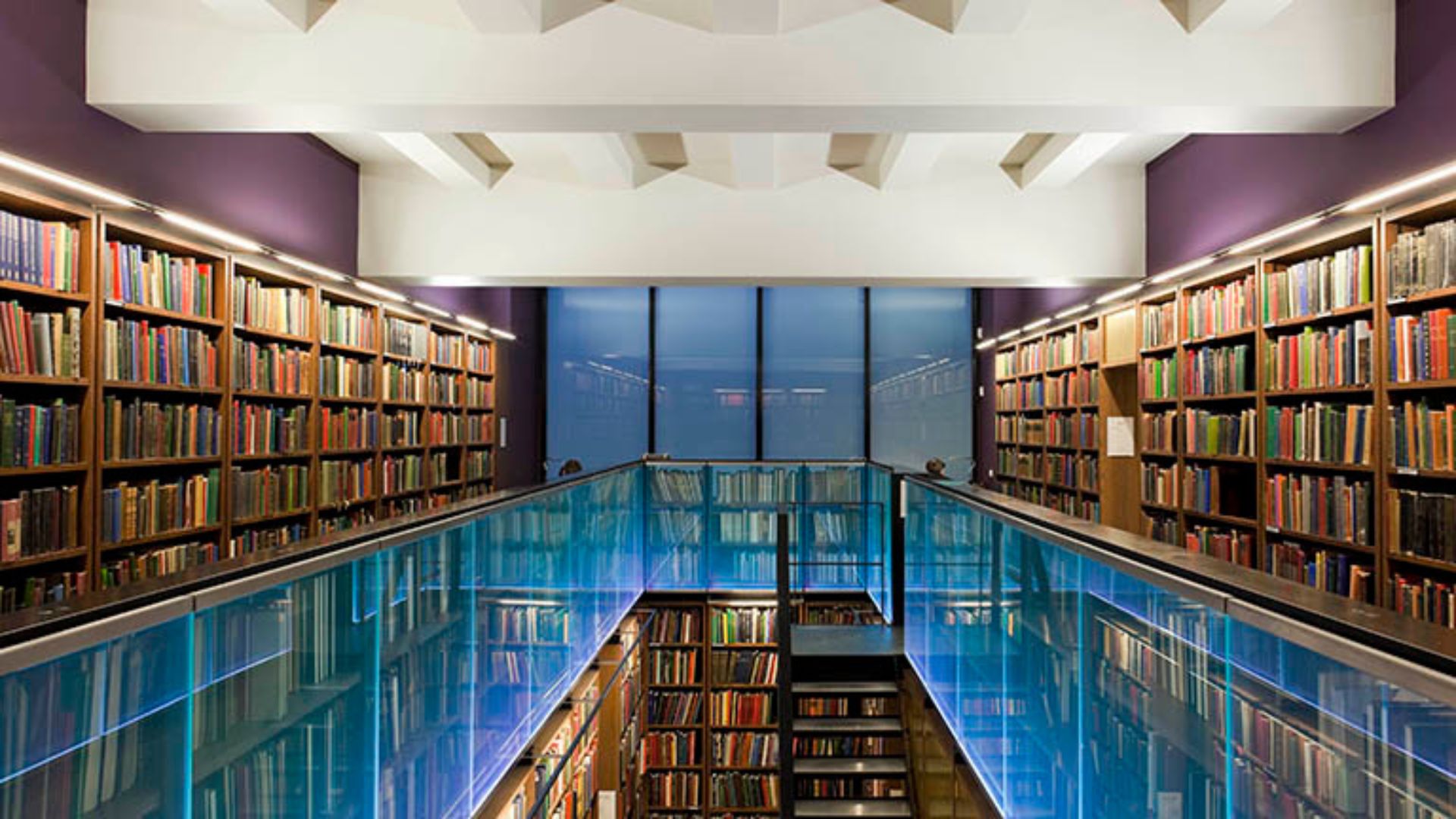
2013
The historic Reading Room is extensively refurbished and The Writers' Room and The Study are opened as new working and studying spaces.
2014
The building project gets national recognition as architects Haworth Tompkins win RIBA Awards for their work on the Library’s refurbishment.
2015
The Library’s collection stands at almost 1,000,000 titles, covering over 2,000 subjects in 55 different languages. The books range in date from 1500 to 2015 complemented by bound copies of over 2,000 periodicals dating from 1699 to today.
2016
To celebrate its 175th anniversary the Library holds a five day literary festival in St. James's Square. The Word in the Square celebration features over 40 separate events and talks by leading writers and public figures, over half of whom are London Library members.
2018
Following the success of Words in the Square the Library begins an ongoing public events programme allowing regular celebrating reading and writing and creating a regular opportunity for non-members to access the Library.
2019
The first London Library Emerging Writers Programme opens for applications. An annual cohort of up to 40 unpublished writers are awarded a year’s membership and a programme of support.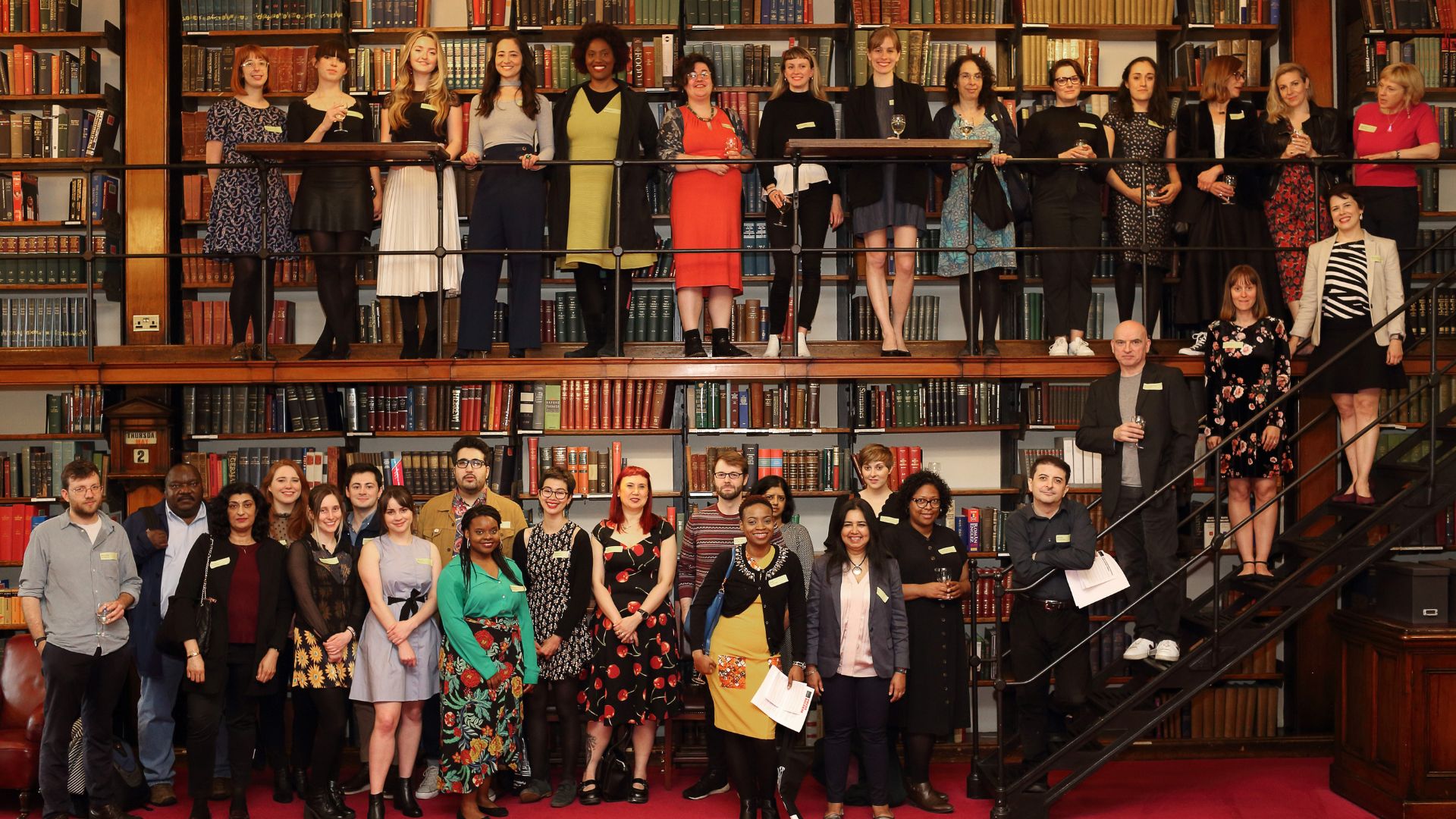
2020
The Library provides a postal loan service to members during COVID-19 pandemic lockdowns
2021
The Library celebrates its 180th anniversary with an online literary festival, speakers include Salman Rushdie, Sarah Waters and Tom Stoppard
2022
Helena Bonham Carter becomes the Library’s first female president